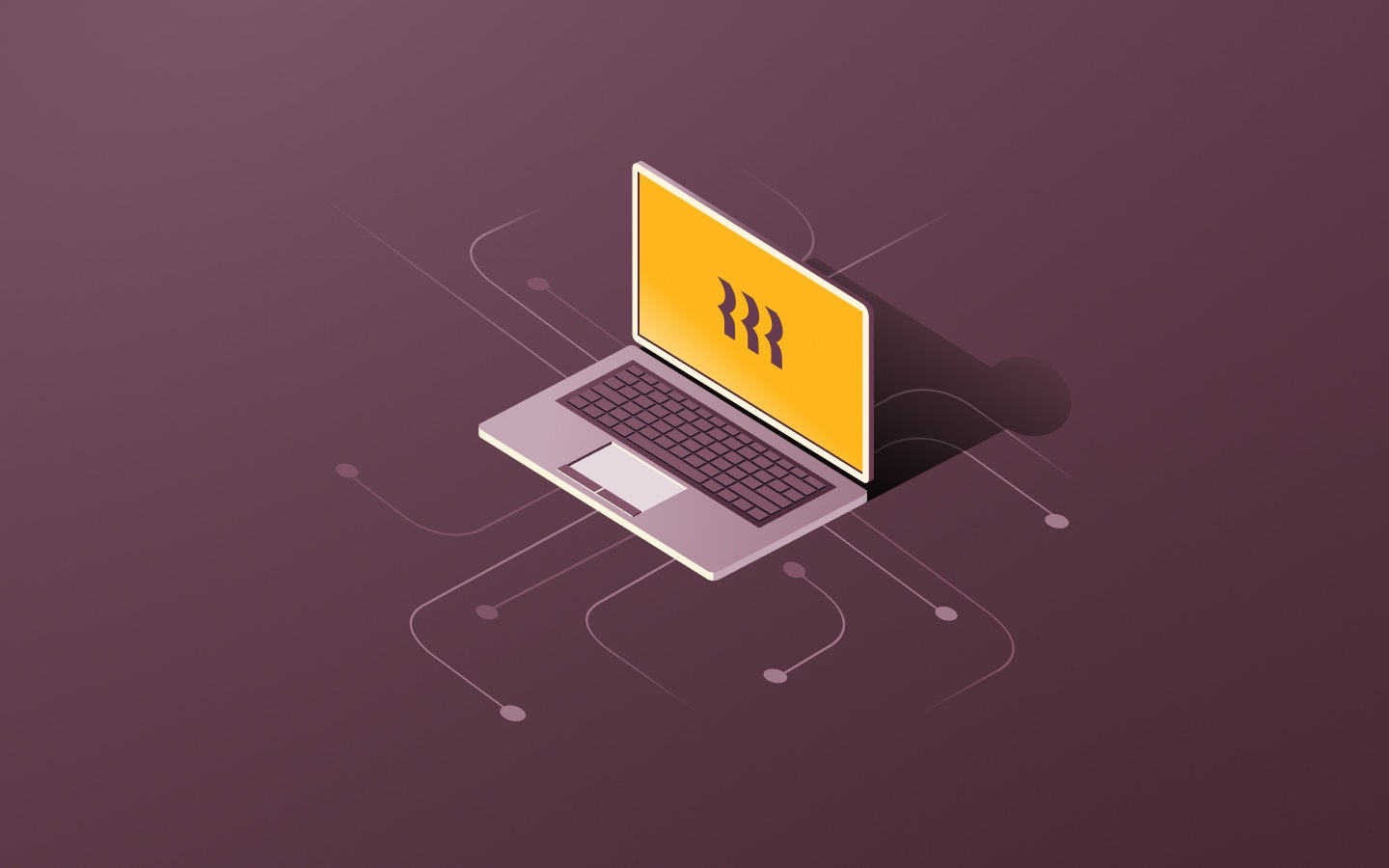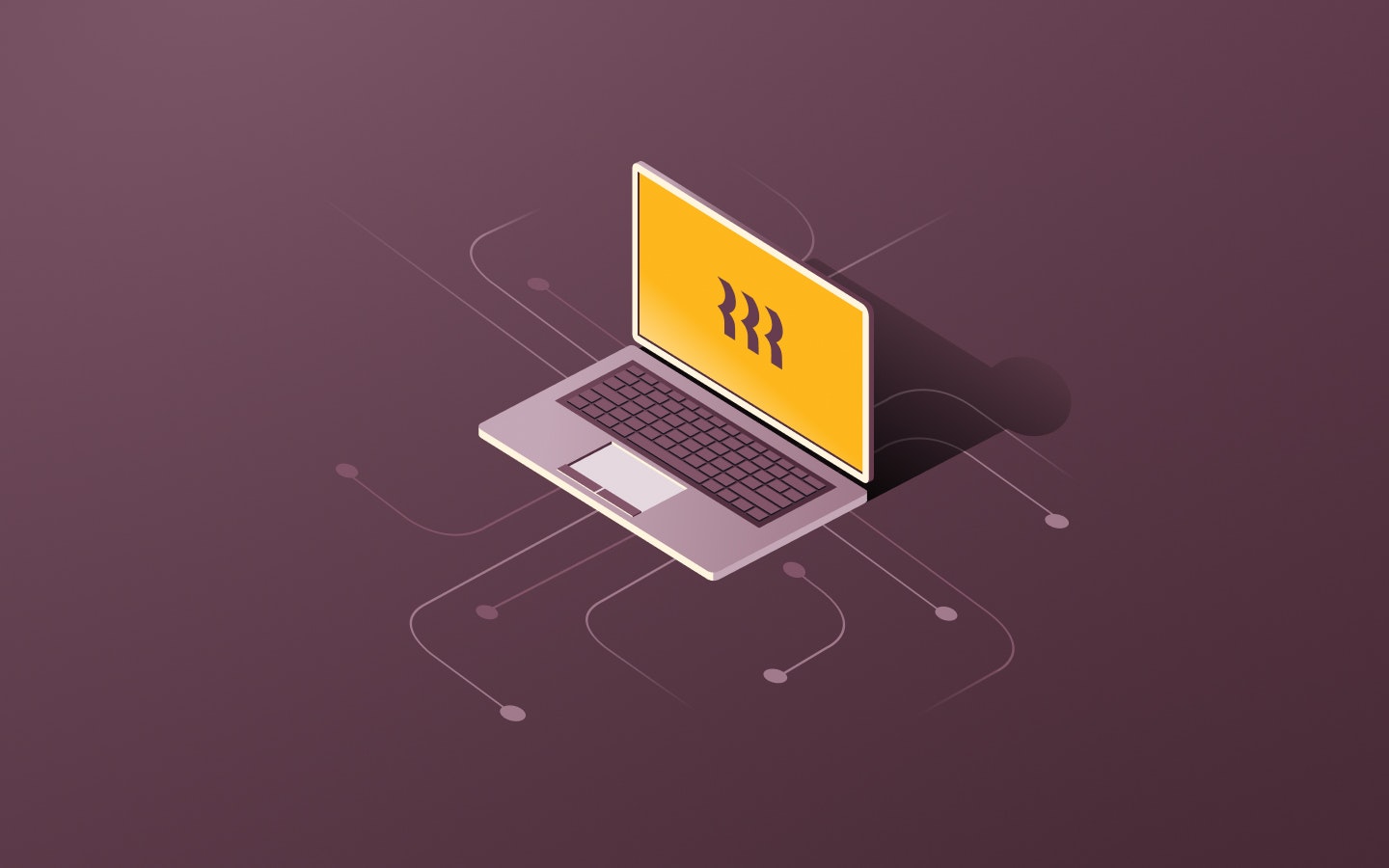What are managed IT services and why does your business need them?
Key Takeaways
- Managed IT services involve outsourcing the management and maintenance of your company's IT infrastructure to a third-party provider.
- The main role of a managed service provider is to act as an extension of your company's IT department, providing proactive support to ensure that all systems are running smoothly and securely.
- Managed IT services offer numerous benefits to businesses, including cost savings, increased efficiency, improved security, access to expertise, scalability, and proactive maintenance.
As an IT manager or executive, you know firsthand how challenging it can be to keep up with the constantly evolving world of technology. Between managing critical systems, ensuring data security, and supporting end-users, it can feel like you're always putting out fires instead of focusing on strategic initiatives.
But what if there was a way to offload some of those day-to-day responsibilities, freeing up your time and resources to drive real business value? Enter managed IT services.
In this article, we'll dive into what managed IT services are, how they work, and why they're becoming an increasingly popular choice for businesses of all sizes.
What are managed IT services?
Managed IT services refer to the practice of outsourcing the management and maintenance of your company's IT infrastructure to a third-party provider. Instead of hiring an in-house IT team or relying on individual employees to handle technology issues, you can partner with a managed service provider (MSP) to take care of all your IT needs.
Here's how it typically works: You sign a service level agreement (SLA) with an MSP, which outlines the specific services they'll provide, how they'll perform, and what you'll pay. From there, the MSP takes over the day-to-day management of your IT systems. They'll monitor your network, keep your software up to date, perform regular data backups, ensure disaster recovery measures are in place, and troubleshoot any issues that arise, all while you focus on running your business.
A brief history of managed IT services
The concept of managed IT services has been around since the 1990s, but it has evolved significantly over time due to advancements in technology and the increasing reliance of businesses on IT systems.
Initially, managed services were limited to specific tasks such as network monitoring and printer management. As technology became more complex and businesses became more reliant on IT, the scope of managed services expanded to include a wider range of functions particularly because of the increase of new and emerging cyber threats.
One of the key drivers of the growth of managed IT services was the advent of cloud computing in the early 2000s. Cloud technology made it possible for MSPs to remotely manage and support their clients' IT infrastructure, applications, and data from a centralized location. This allowed MSPs to offer more comprehensive and cost-effective services to businesses of all sizes.
Today, managed IT services encompass a wide range of functions, from basic help desk support to advanced cybersecurity and data analytics. As businesses continue to grapple with the challenges of digital transformation, the demand for managed IT services is expected to grow even further in the coming years.
What is a managed service provider (MSP)?
We've thrown around the term "MSP" a few times now, so let's take a closer look at what it actually means.
A managed service provider is a company that specializes in providing managed IT services to businesses. MSPs typically have a team of experienced IT professionals with expertise in various areas such as networking, cybersecurity, cloud computing, and software development.
The main role of an MSP is to act as an extension of your company's IT department, providing proactive support and maintenance to ensure that all systems are running smoothly and efficiently. This includes monitoring networks for potential issues, applying software updates and patches, managing backups and disaster recovery, and providing technical support to end-users.
MSPs typically charge their customers on a monthly subscription basis, with pricing based on the number of users or devices being supported.
For example: An MSP might charge $100 per user per month for a basic package that includes network monitoring, software updates, and help desk support. Some MSPs may also charge a monthly supplementary fee in addition to the per-user or per-device fee, to cover the cost of more advanced services such as cybersecurity or cloud management.
6 benefits of managed IT services
There are many benefits to outsourcing IT management to an MSP, including:
- Cost savings: Hiring an in-house IT team can be expensive, especially for small and medium-sized businesses (SMBs). By outsourcing to an MSP, companies can access a team of experienced professionals at a fraction of the cost.
- Increased efficiency: MSPs use advanced tools and automation to streamline IT processes and reduce the risk of human error. This can help businesses operate more efficiently and reduce downtime.
- Improved security: Cybersecurity is a top concern for businesses of all sizes. MSPs have the expertise and resources to implement robust security measures and respond quickly to potential threats.
- Access to expertise: MSPs employ a team of IT professionals with a wide range of skills and certifications. This allows businesses to tap into a deep pool of knowledge and expertise without having to hire and train their own staff.
- Scalability: As businesses grow and change, their IT needs can evolve rapidly. MSPs can help businesses scale their IT infrastructure and services up or down as needed, without the need for significant capital investments.
- Proactive maintenance: MSPs use monitoring and automation tools to proactively identify and address potential issues before they cause downtime or data loss. This can help businesses avoid costly disruptions and maintain high levels of productivity.
5 types of managed IT services
Managed IT services can cover a wide range of areas, depending on your needs. Most businesses opt for multiple types of managed IT services to ensure comprehensive support and seamless operations. Here are a few of the most common types of services:
- Network management: MSPs can help you design, implement, and maintain a secure and reliable network infrastructure. This includes setting up firewalls, configuring routers and switches, and monitoring network performance.
- Cloud management: If you're using cloud-based services like Amazon Web Services or Microsoft Azure, an MSP can help you manage and optimize your cloud environment. This might include things like migrating workloads to the cloud, setting up data backup and disaster recovery, and monitoring costs.
- Security services: As we mentioned earlier, cybersecurity is a big concern for businesses of all sizes. MSPs can help you implement and manage security solutions like firewalls, antivirus software, and intrusion detection systems.
- Help desk support: When your employees have IT issues, they need fast and efficient support. MSPs can provide 24/7 help desk support to keep your team productive and minimize downtime.
- Software management: Keeping track of all your software licenses and making sure everything is up to date can be a hassle. MSPs can help you manage your software assets, monitor compliance, and ensure you're getting the most value out of your investments.
Managed IT service tools for businesses
Managed IT service tools allow MSPs to monitor, manage, and secure client's IT environments more efficiently and effectively. Here are some popular tools:
Mobile device management
In today's mobile-first world, it's more important than ever to keep employees' devices secure and up-to-date. Mobile device management (MDM) tools allow you to manage and secure all of your company's mobile devices from a single platform.
With MDM, you can easily enforce security policies, remotely wipe lost or stolen devices, and even deploy custom apps to your employees' phones and tablets. This helps ensure that your company's data stays secure, even when accessed from personal devices.
Endpoint detection and response
Endpoint detection and response (EDR) is a crucial tool for protecting your business against cyber threats. EDR solutions work by continuously monitoring your company's devices and networks for signs of malicious activity, such as unusual login attempts or suspicious file downloads.
If a threat is detected, the EDR system can automatically take action to prevent it from spreading, such as isolating the infected device or blocking malicious traffic. EDR solutions also provide detailed alerts and reports, allowing MSPs to quickly investigate and respond to any incidents.
User account provisioning
User account provisioning is the process of creating, modifying, and deleting user accounts across a company's various systems and applications. Manually provisioning accounts can be time-consuming and error-prone, especially as your business grows.
User account provisioning tools automate the entire provisioning process, from creating new user accounts to granting access to specific resources based on your employee's role and permissions. This helps ensure that user accounts are always up-to-date and compliant with your company policies.
Incident response
No matter how strong your company's cybersecurity defenses are, incidents can still happen. That's why having a robust incident response plan is so important. Incident response tools help IT teams quickly detect, investigate, and resolve security incidents, minimizing the impact on your business.
With an incident response solution in place, the right people can be automatically alerted when an incident occurs, allowing for a coordinated response across IT and security teams. Certain actions, like blocking IP addresses or resetting passwords, can even be automated. By having a clear plan and the right tools in place, you can reduce the risk of a minor incident turning into a major breach.
Remote monitoring and management
Remote monitoring and management (RMM) tools allow MSPs to keep a close eye on their client's IT environments from afar. With RMM software, everything from server performance to network traffic can be monitored, helping to quickly identify and resolve issues before they impact end-users.
RMM tools typically include features like real-time alerts, remote access and control, and automated patch management. With these tools, MSPs can provide a higher level of service to organizations, while also reducing the need for on-site visits and manual interventions.
Managed IT services vs. cloud services
If you're researching managed IT services, you might also come across the term "cloud services." While the two are often related, they're not quite the same thing.
Cloud services refer to the delivery of computing resources (e.g., servers, storage, databases, software) over the internet. Businesses can use cloud services to store data, run applications, or host websites without maintaining the underlying infrastructure themselves. With cloud services, you typically pay for what you use, and you can easily scale up or down as needed. Examples of cloud services include Software as a Service (SaaS), Platform as a Service (PaaS), and Infrastructure as a Service (IaaS).
Managed IT services, on the other hand, are more focused on the management and maintenance of your IT infrastructure, whether it's in the cloud or on-premises. While many MSPs offer cloud services as part of their portfolio, they also provide a wide range of other services to support your business.
The main difference between the two is that cloud services are focused on providing access to computing resources, while managed IT services are focused on managing and maintaining those resources. Businesses can use cloud services without necessarily outsourcing their IT management, and they can outsource their IT management without necessarily using cloud services.
A comprehensive approach to managed IT services
When it comes to choosing a managed IT service provider, businesses have many options to consider.
At Rippling, we're proud of our comprehensive and integrated approach to IT management that helps businesses of all sizes streamline their operations and improve their security posture. Our complete suite of IT management tools and services includes device management, user provisioning, security and compliance, all accessible through a single, unified platform.
One of the key advantages of Rippling is its ability to automate many common IT tasks and workflows. For example, when a new employee is hired, Rippling can automatically create their user account, assign them to the appropriate security groups, and install the necessary software and applications on their device. This not only saves time and reduces the risk of errors, but also ensures that new hires are productive from day one.
FAQs
What is the difference between IT services and managed services?
IT services refer to a broad range of technology-related services, such as hardware and software support, network administration, and cybersecurity. Managed services, on the other hand, are a specific type of IT service where a company outsources the ongoing management and maintenance of its IT infrastructure to a third-party provider.
What is the difference between BPO and MSP?
BPO (business process outsourcing) involves outsourcing various business processes, such as customer service, payroll, or data entry, to a third-party provider. An MSP (managed service provider) is a company that specifically provides managed IT services, focusing on the ongoing management and maintenance of a company's IT infrastructure.
How much do managed IT services cost?
The cost of managed IT services can vary depending on factors such as the size of your company, the complexity of your IT environment, and the specific services you require. Many MSPs offer flexible pricing models, such as per-user or per-device pricing, with costs typically ranging from $100 to $500 per user or device per month.





